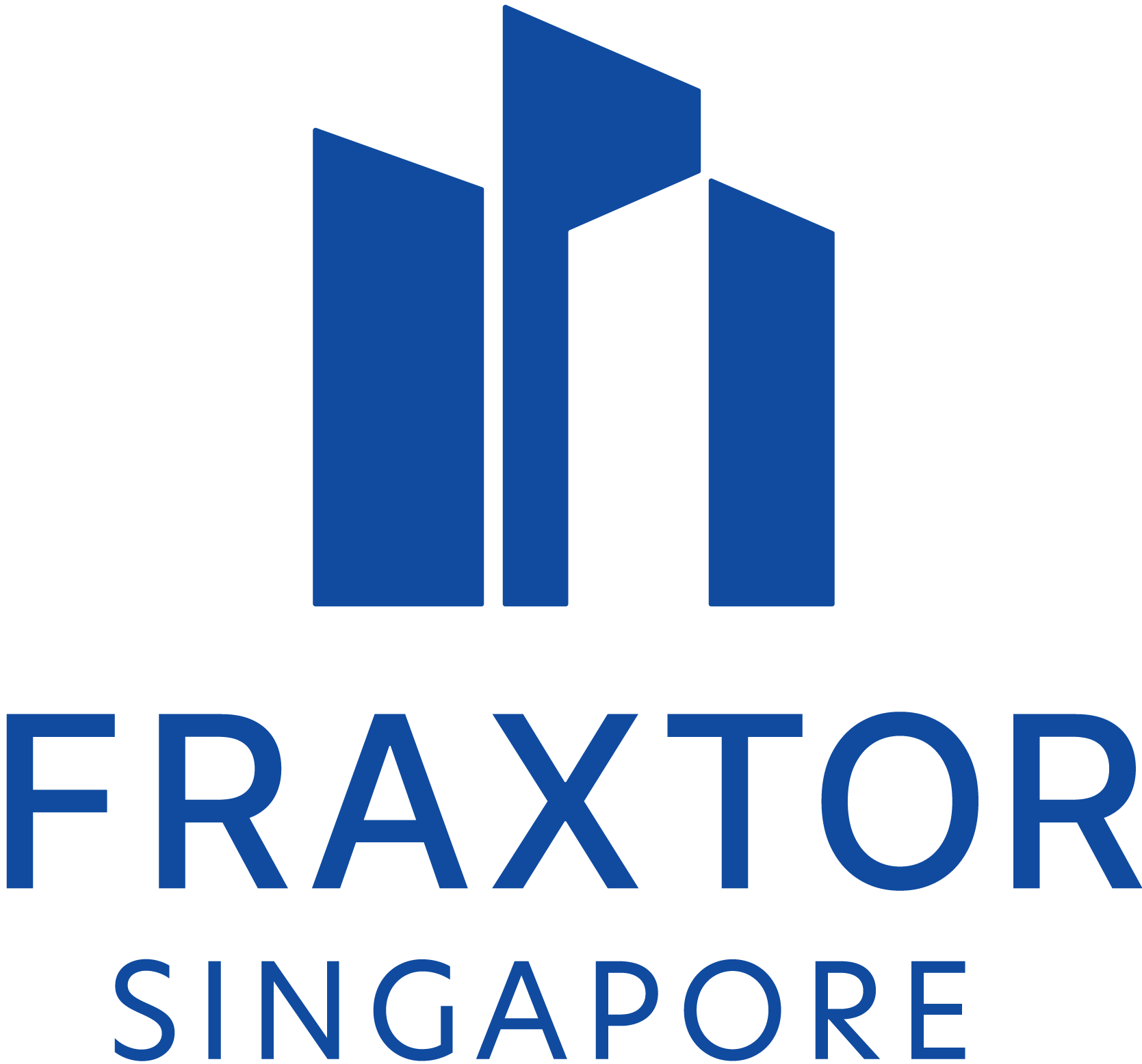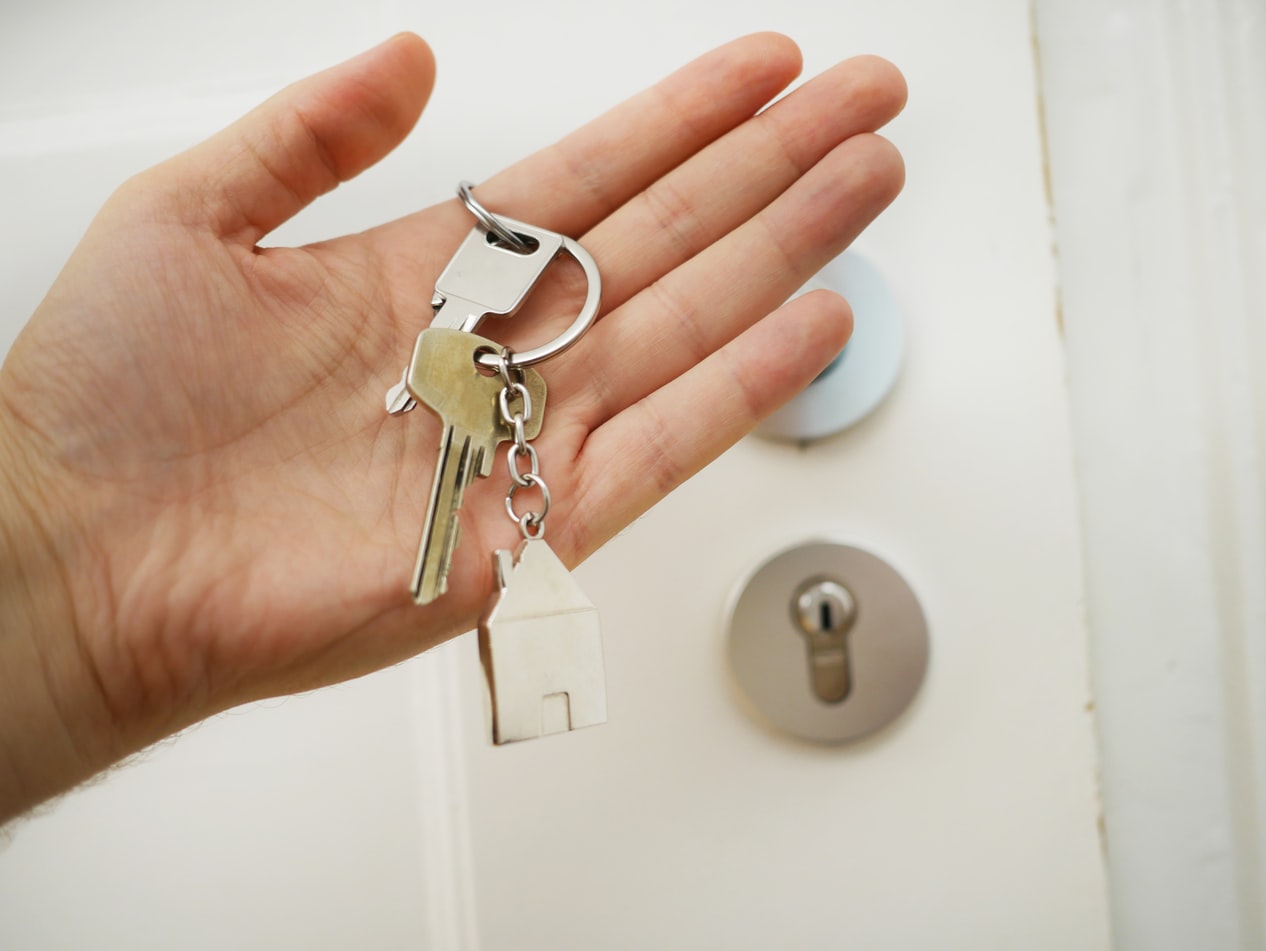
Types of houses in Singapore
There is a wide variety of houses to choose from in Singapore which come under the categories of public, public-private hybrid, and private.
Public Housing
Public housing refers to HDBs, of which there are a multitude of different sizes to choose from depending on how many people you are trying to accommodate: ranging from a 2-room flexi flat to a HDB terrace house. However, the DBSS flats, executive maisonette flats, jumbo flats, and HDB terrace houses are no longer in production. HDBs are the cheaper housing option in Singapore. However, this price comes with more regulations on the buyer such as a monthly income ceiling, and a 5-year Minimum Occupation Period (MOP). For a 3-room flat, the monthly income ceiling is either $7,000 or $14,000 depending on the project. For 4-room flats, the monthly income ceiling is $14,000 or $21,000 if you are purchasing it with extended or multi-generational family.
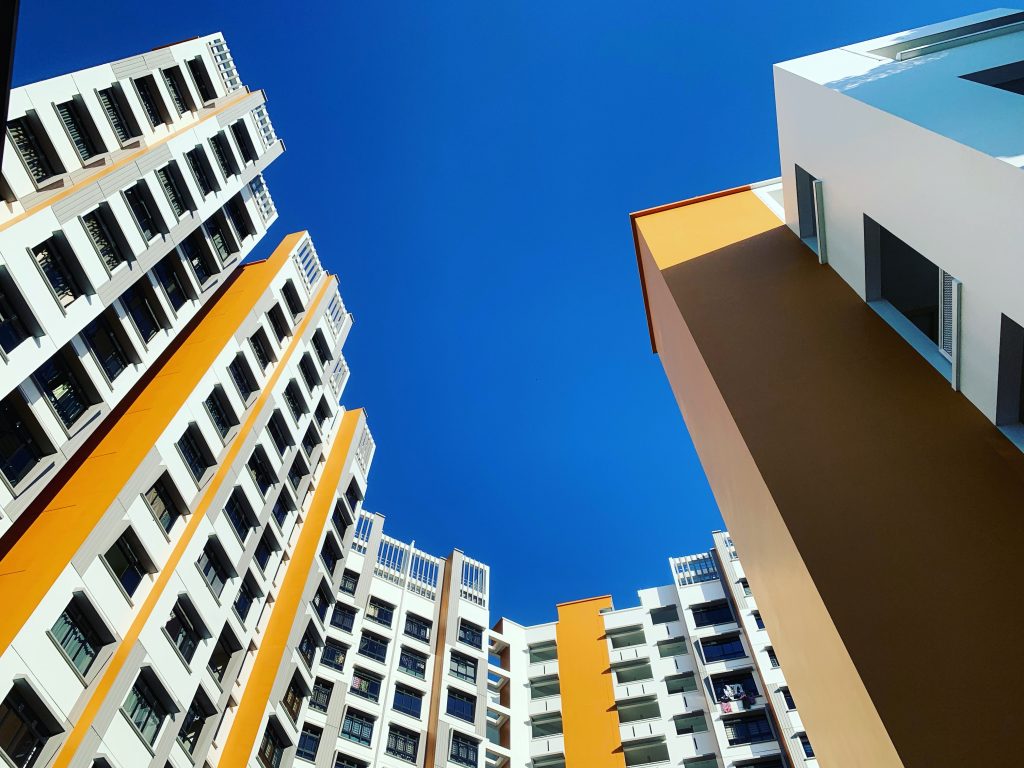
2-room flexi flats cover either 36 sqm or 45 sqm and contain a bedroom, kitchen, bathroom and storeroom.
3-room flats are about 60-65 sqm and contain an ensuite master bedroom, a bedroom, a bathroom, a kitchen, a service yard, and a storeroom.
4-room flats are 90-93 sqm as they are essentially the same as 3-room flats with an extra bedroom.
5-room flats cover 110-112 sqm and are a more spacious version of the 4-room flat.
3Gen flats are aimed towards multi-generational families and cover 115 sqm. They are comprised of four bedrooms, a living room, kitchen, bathroom, service yard, and storeroom.
Executive flats come at about 130 sqm and contain an ensuite master bedroom, two bedrooms, living room, dining room, study room, kitchen, bathroom , storeroom, and some also come with a balcony.
Design, Build and Sell Scheme (DBSS) flats are private developer built public housing. They were introduced by the Housing Board in 2005 and suspended indefinitely in 2011. There are around 8650 units spread across 13 DBSS sites.
Executive maisonette flats are no longer in production as they were replaced by executive condominiums. However, there are still a few dotted around Singapore in the more seasoned estates: Ang Mo Kio, Bishan, Bedok, Bukit Batok, Bukit Panjang, Choa Chu Kang, Hougang, Pasir Ris, Queenstown, Sembawang, and Serangoon.
Jumbo flats can cover up to 170 sqm and are made from HDB combining 3-room or 4-room flats together. This created these flats with 7 bedrooms and a lot of living space, and some also come with balconies.
A total of 285 HDB Terrace houses were built in the 1950s by HDB’s predecessor, the Singapore Improvement Trust (SIT). These terrace houses are two storeys and are located in Whampoa and Queenstown.
Read also: 4 Property Trends to Take Note in 2021
Public-private Housing
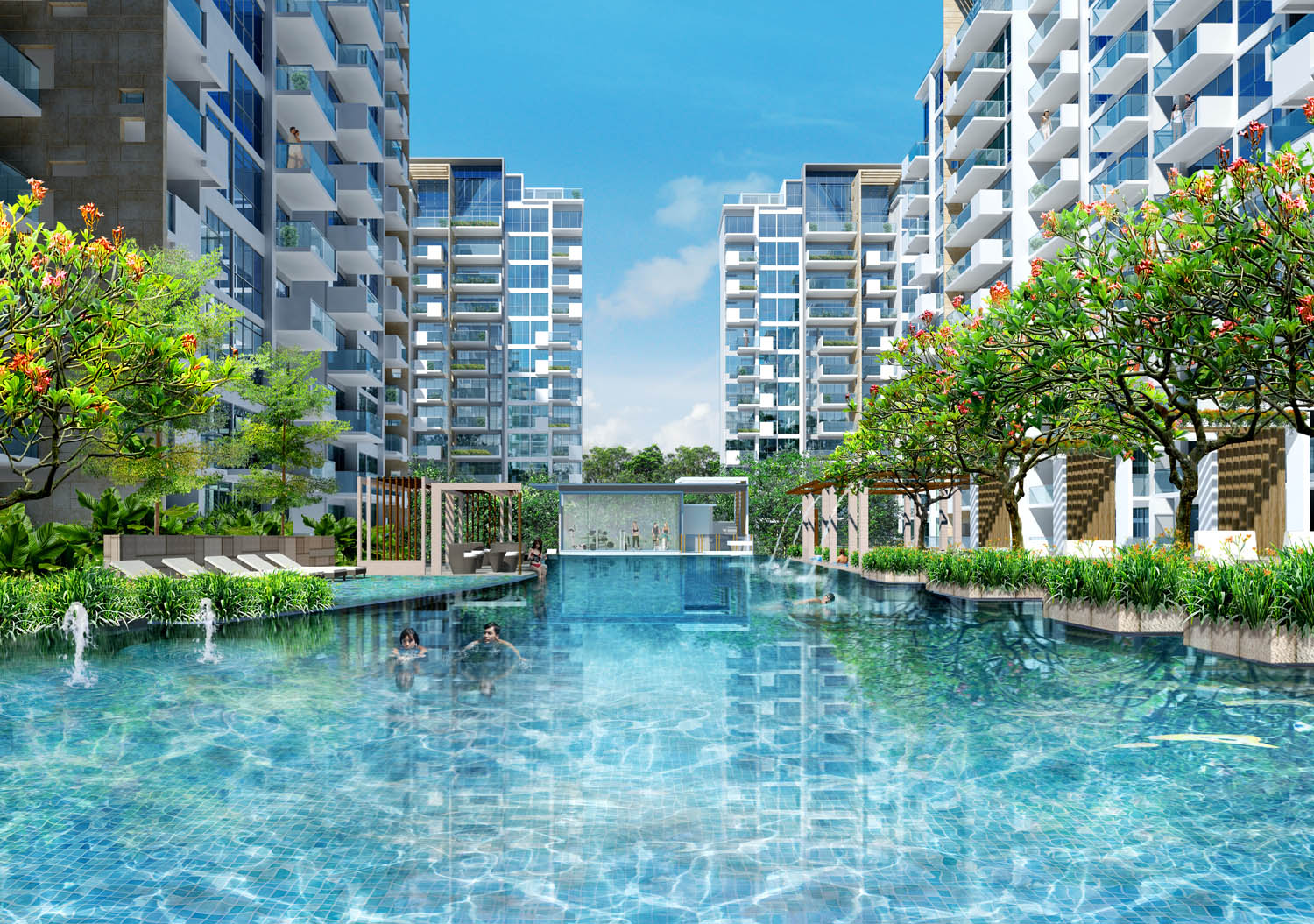
Public-private housing offers more space or better facilities than normal HDB flats. Executive condominiums (EC) come under this category. They start off as a public housing unit and shift to private housing after 5 years of ownership (MOP). They cater to Singaporeans whose income eclipses the limit to purchase HDB and, like HDBs, come with a 99-year leasehold.
Private Housing
Private property has 2 subcategories: non-landed and landed. Non-landed property types consist of private condominiums and apartments. Landed housing comprises semi-detached, terraced house, cluster house, townhouse, shophouse, bungalow, good class bungalow, and Housing and Urban Development Company (HUDC).
Landed housing can only be bought by Singapore citizens. According to the Department of Statistics Singapore, 5% of Singaporeans live in landed property. Foreigners may only rent landed property unless they seek approval and are given special permission by the Singapore Land Authority.
Non-Landed
Private condominiums can either be freehold or 99-year leasehold. They come with facilities such as swimming pools and gyms.
Apartments come with fewer perks and are generally less expensive than private condominiums. A subset of apartments are walk-up apartments. As the name suggests, they do not have elevator access and therefore you have to walk up to get to them. These buildings usually have fewer floors.
Landed
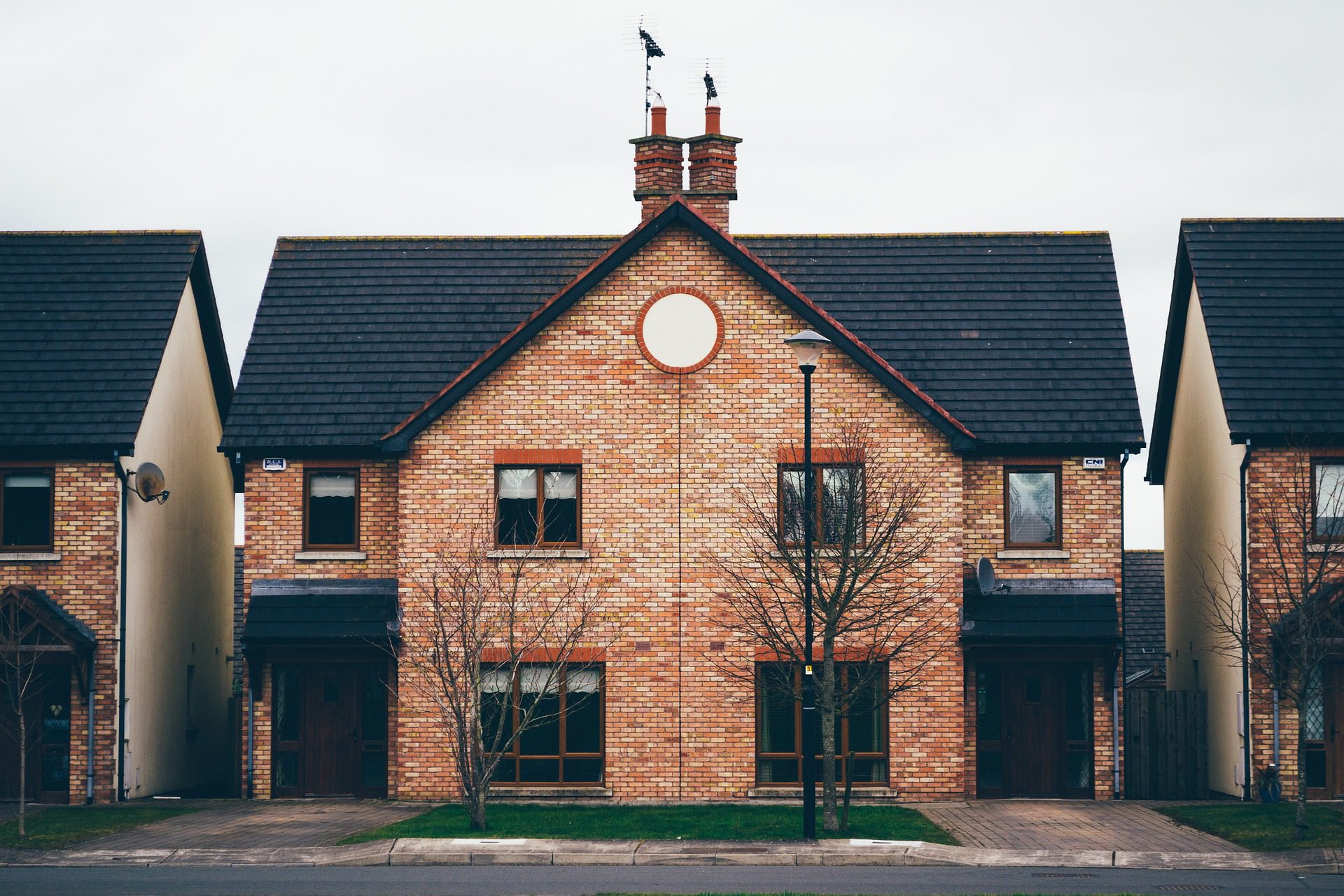
Semi-detached houses normally come in pairs with the houses sharing a common wall and similar exteriors, which means that the houses can either be side-by-side or back-to-back. They have a minimum plot size of 200 sqm.
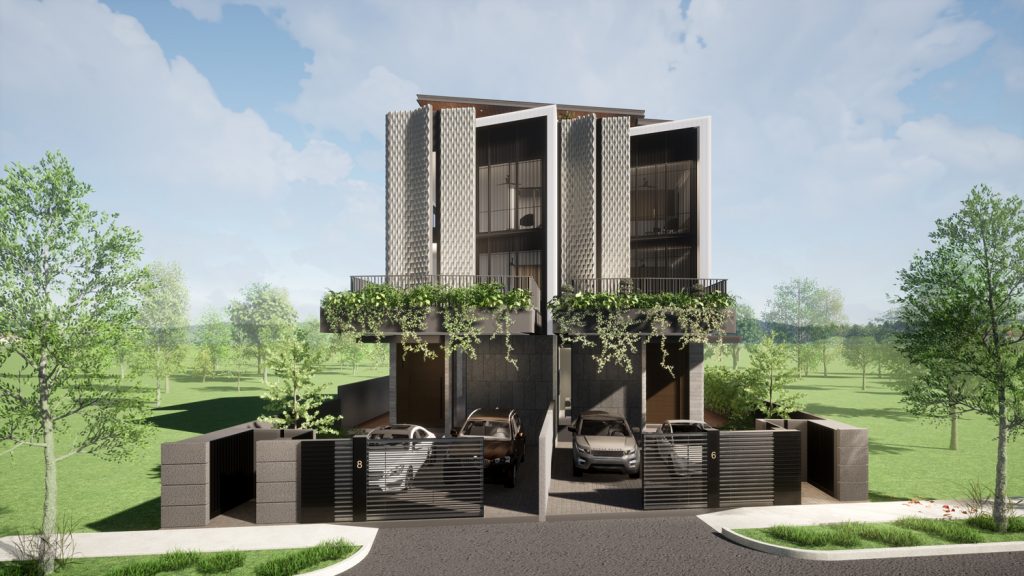
Terrace houses, also known as row houses, are a row of similar houses that share adjoining boundary walls. Terrace houses come in two forms: type 1 and type 2. The difference between these two is the plot size with type 1 being the bigger of the two. Type 1 intermediate terrace houses have a minimum plot size of 150 sqm and a plot width of 6m. While Type 1 corner terrace houses have a minimum plot size of 200 sqm and a plot width of 8m. Type 2 intermediate terrace houses have a minimum plot size of 80 sqm and a plot width of 6m. While Type 2 corner terrace houses have a minimum plot size of 150 sqm and a plot width of 8m.
Conservation houses are heritage houses that have historical significance that show the cultural and heritage representation of Singapore. They have to follow strict conservation guidelines from the authority and are therefore more challenging to renovate.
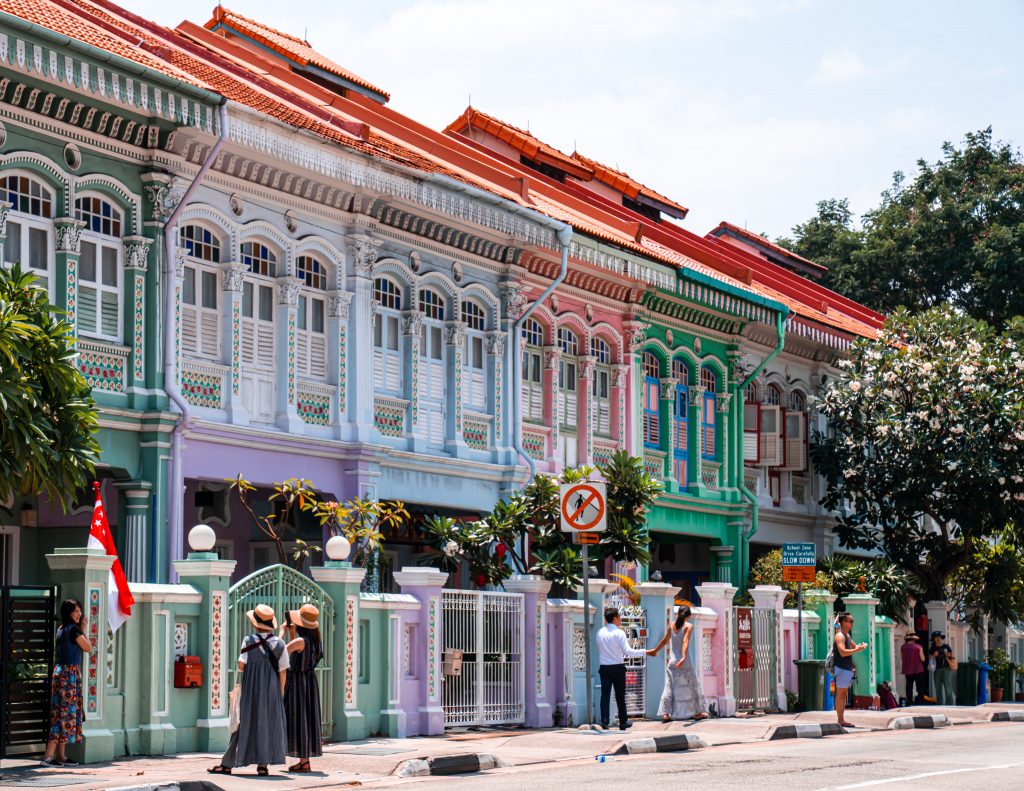
Shophouses are traditionally at least 2 storeys with the ground floor used for commercial purposes and the top floor used for residential. Strict regulations must be followed when renovating this type of house as the old ones come under the conservation laws. They are located in neighbourhoods such as Chinatown, Emerald Hill, Katong, and Little India.
Townhouses have the characteristics of a landed terrace house but with the common facilities among the residents including swimming pools and gyms among others.
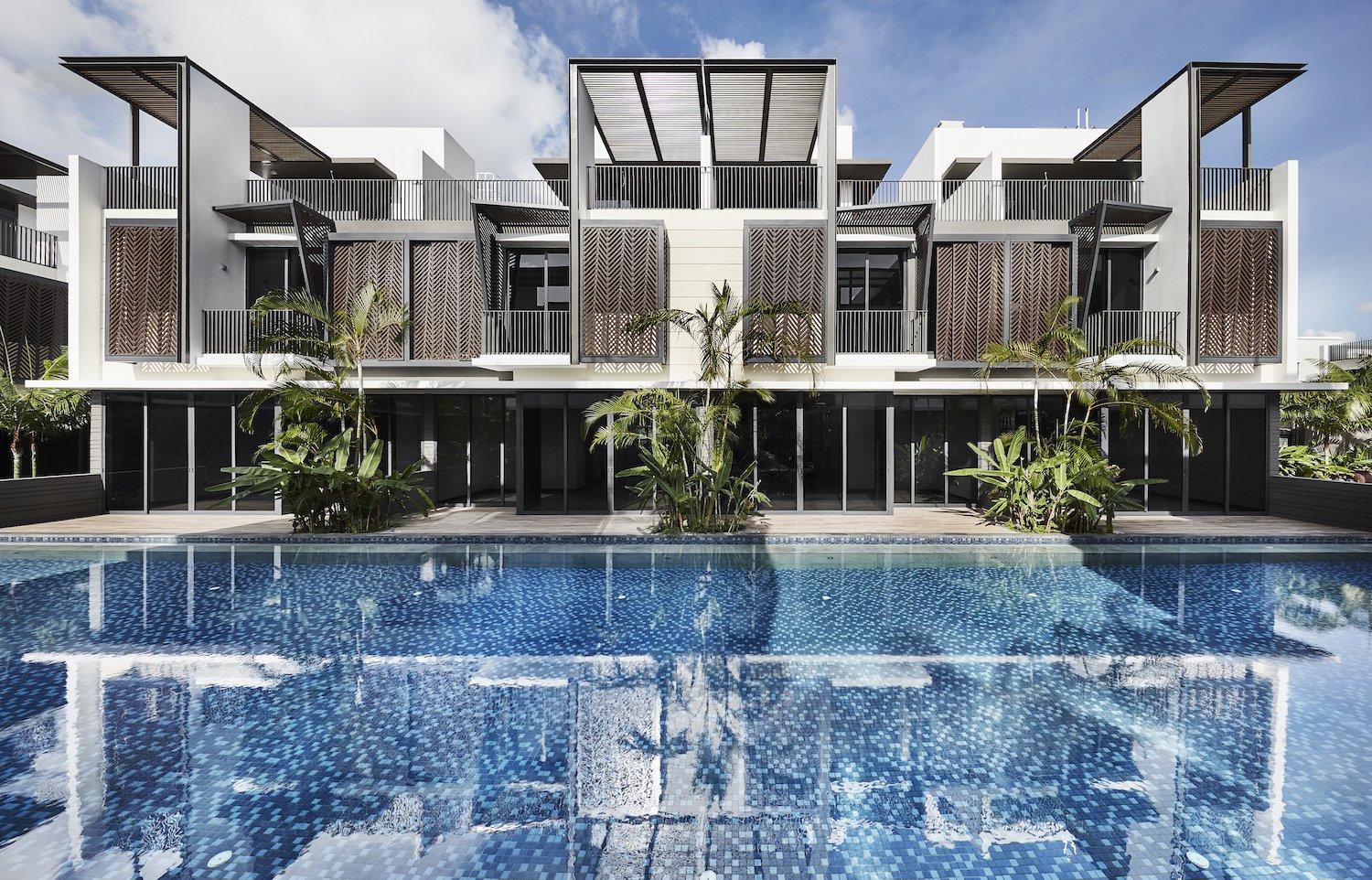
Cluster houses are houses that are clustered together and share facilities such as gyms and swimming pools. The houses that a cluster house project can be comprised of include terrace houses, semi-detached houses, and bungalows.
Bungalows are detached residential units and must have a minimum plot size of 400 sqm. There are 4 classes of bungalows which are based on their plot sizes. Class 1 bungalows are 400-550 sqm; class 2 bungalows are 550-700 sqm, class 3 bungalows are 700-1000 sqm, and class 4 bungalows are 1000-1400 sqm. Some semi-detached houses and terrace houses may be converted into bungalows depending on a few criteria including having a minimum plot size of 400 sqm and plot width of 10m.
Good Class Bungalows (GCBs) can only be built in certain designated zones and require a minimum plot space of 1400 sqm. In GCB zones, no other kinds of property can be built, making them exclusive and expensive.

Black and white houses are also a type of property in Singapore. There are about 500 such houses which are mostly owned by the Singapore Land Authority (SLA). They can only be rented from the SLA for a 2 year period and any renovations that may change the feel and look of the house are not allowed to be made. These houses were built in the 19th century during the colonial occupation of Singapore. They are highly coveted for their unique architecture as well as large plot size: some have a land area of over 2800 sqm.
Finally, the 18 Housing and Urban Development Company (HUDC) estates, first built in 1974, have all been privatized as of 2017. These flats are essentially the equivalent of executive condominiums and DBSSs of housing in the past in Singapore.
Sign up to our newsletter
Sign up for our newsletter to stay in touch with global real estate news and opportunities!
By signing up, you acknowledge that you have read and agreed to our privacy policy.
